So you are facing a water damage crisis, either from a burst pipe or there is dripping of water from a badly damaged roof or even overflow of the sink water onto your carpet, and other important materials in your home. There is a tendency to be anxious, because, you do not know what to do, which reduces the chances of saving your property.
We are here to tell you that you can restore your home and the process is a relatively simple one if you know what to expect, plan, and action to take. Good news right! and did we mention that we would take you through simple steps that would be elaborated on, giving you an uncomplicated and almost effortless way to save your property, your money, your home, and your life.
Although each occurrence of water different and hence would require a distinctive manner of approach to taking it on, then again, the general process stays the same. Below are the steps which are almost consistent in all the water damage restoration steps.
1.Inspection And Evaluation of the water damage
This is a very crucial process because you would need to take prompt decisions, get evidence for your insurance company, shut off the cause of the water invasion while keeping yourself and your family safe. It sounds like major work and responsibility, but allow us the break it down.
Inspection And Evaluation: A comprehensive inspection may include, but is not necessarily limited to, the following:
- Identifying and evaluating health and safety hazards:
Individual safety should be sort first before the general inspection takes place. If you can get to any personal protective equipment (PPE), especially if you are dealing with Category 3 water damage which is water damage from unsanitary sources that come from sewage, seawater, toilet backflows, and so on. The following, but not limited to these can come in handy before stepping into the home:
- Rubber knee-high boots.
- Rubber gloves.
- Safety goggles (preferred) or safety glasses.
Switching off the power particularly for large water damage, flooding and puddles, just to be safe and prevent impending electrocution.
- Determining the source of water:
If the cause of the damage is from a burst pipe, an overflowing sink, water heater failure, shut off the tap if you can or the main water line to your home and if you cannot decipher where the water is coming from, call in for expert help.
- Determining the extent of moisture intrusion.
- Assessment of the damage, evaluate flooring materials, inventories and/or contents, other structural materials (walls, ceilings, etc.):
Documentation before the cleanup process is important in claiming your insurance. Take photos and video that covers all the angles to the damage sustained. During this, you can rescue your important belongings and valuables, especially if the water damage is an extensive one.
- Evaluating the HVAC system, if affected.
- Documenting preexisting conditions not related to the current loss (wear, urine contamination, delamination, etc.).
For areas with extensive water damage, occupants may need to be evacuated from the damaged area, and, if so, this may largely depend on some factors which may include, but are not necessarily limited to:
- Contamination of the home.
- Obvious indications of high levels of microbiological or chemical materials.
- The presence of occupants who are immunocompromised has mold allergies, asthma, or other applicable medical conditions.
2.Excess water removal
Excess water removal is essential at the starting point of restoration procedures. Removal of excess water may be achieved by uncomplicated means such as mopping or soaking up excess moisture from hard surfaces or furnishings mostly for simple spills and leaks.
However, if you are dealing with more widespread water damage like flooding, hurricanes, or a large amount of water, water removal usually involves the use of more sophisticated techniques and equipment such as pumps, or specially designed commercial wet vacuuming equipment and expert opinion and help.
3.Evaporation, Drying, AND Dehumidification
Once excess water is removed, the surface involved may lack the physical presence of water, but may still feel moist. Hence, the remaining water must be changed from liquid to vapor by evaporation.
Normally, this is accomplished efficiently by the use of specialized air-moving equipment and ventilation of the home which just entails opening the windows to let the sunlight in although open-air ventilation is largely dependent on the weather.
Once moisture is evaporated from structural materials into the air, the moisture must be removed from the air through dehumidification, or it must be externally exhausted, with the use of advanced dehumidifiers and desiccants. Failure to dehumidify may result in substantial secondary damage and present a significant health hazard.
Temperature control is also important because both evaporation and dehumidification are greatly enhanced by controlling the temperature in a confined environment. In addition, microorganisms growth is temperature related, thus, temperature modification and control is an important basic principle for safe, efficient drying.
Following the removal of excess water and installation of drying and dehumidification equipment, a detailed inspection must then be conducted which considers the extent of water migration, the types, and quantities of affected materials and the degree of apparent damage. This information may then be used to analyze the extent of the damage.
Professional testing equipment and the principles of psychrometry must be used to formulate a plan to dry and restore or replace both structural materials and contents.
4.Cleaning and Sanitizing
Just as the name sounds, it involves the use of disinfectants and sanitizers with antimicrobial properties to eliminate mold, harmful bacteria, and odor.
During the initial stage of decontamination, cleaning and biocide application must be equipped with PPE.
The use of environmentally friendly substances that are effective as well so as not to predispose your home to be a health hazard is advised. Materials like furniture, clothes, personal items, and other restorable objects are sanitized and disinfected, while the ones that cannot be salvaged are removed and discarded.
5.Repair and Restoration
This last step aims to restore your home back to its previous state. It can involve minor replacements like changing your carpet or major ones such as rebuilding a whole room but with the sole purpose of getting your home back.
Throughout the restoration process, it is essential that effort is directed toward anticipating secondary damage and attending to other structural components that may require drying or replacement. This is especially important if water remains in contact with building materials for longer than 24 hours.
It is also vital to the restoration cause that the damaged structure be monitored starting with the initial assessment and evaluation, and continuing throughout the restoration process. This is usually done by the contracted professionals and may include the following:
- Temperature and humidity readings;
- Updating drying progress status;
- Checking the moisture content of structural wood and other materials with a moisture meter.
There you have it, five simple steps to get you through the water damage hassle.







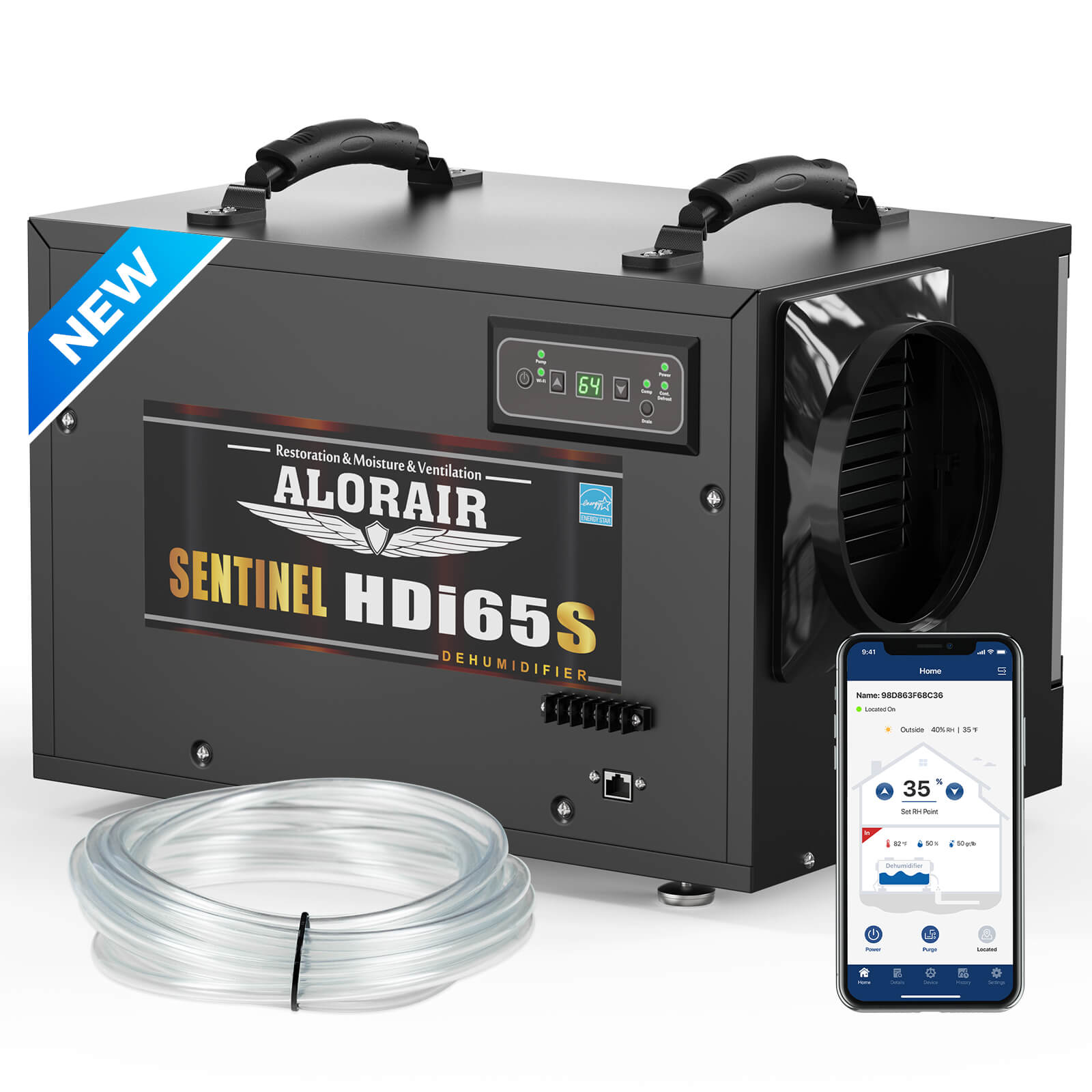
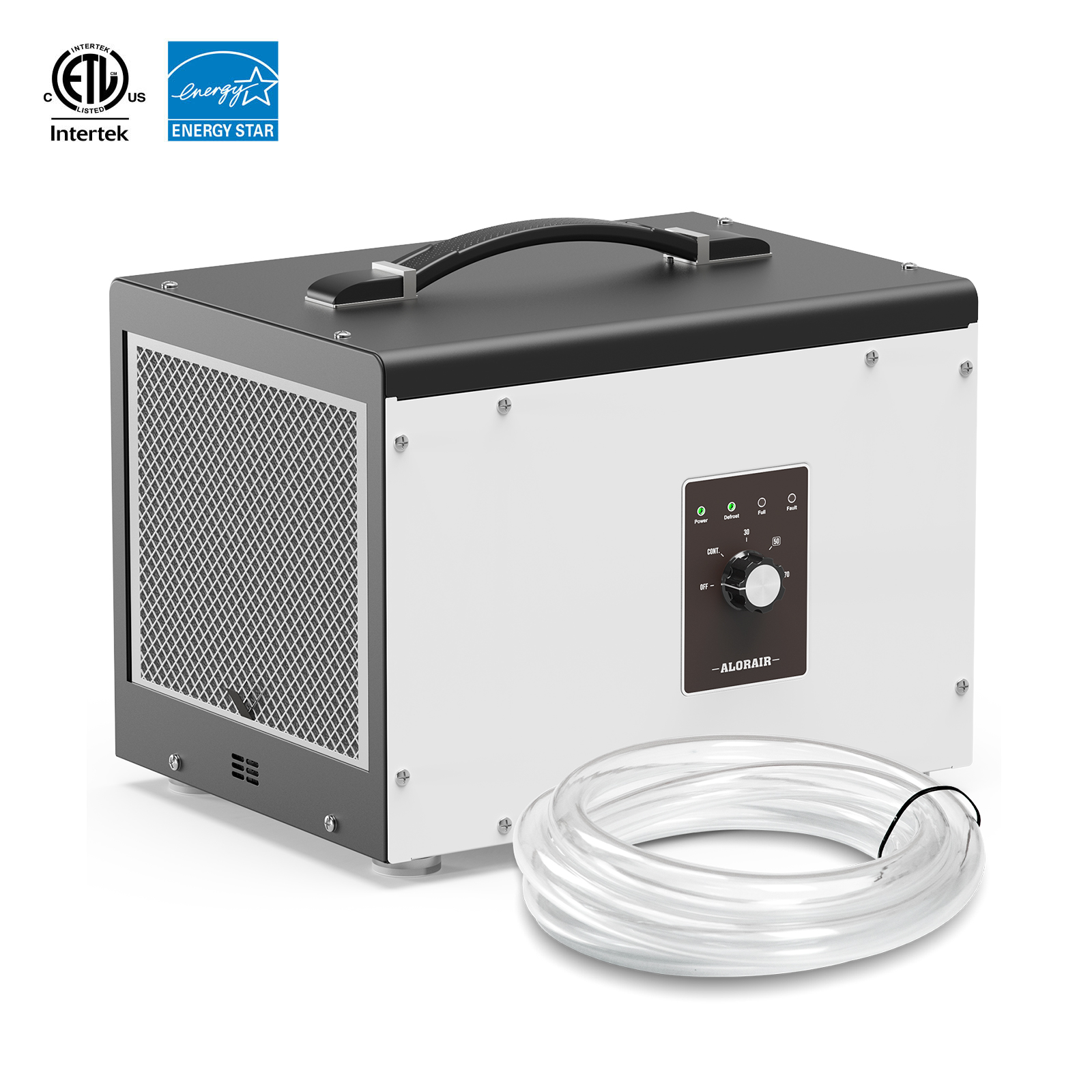
.jpg)
.jpg)

.jpg)

.HDi90.png)
.HD90.png)



.jpg)
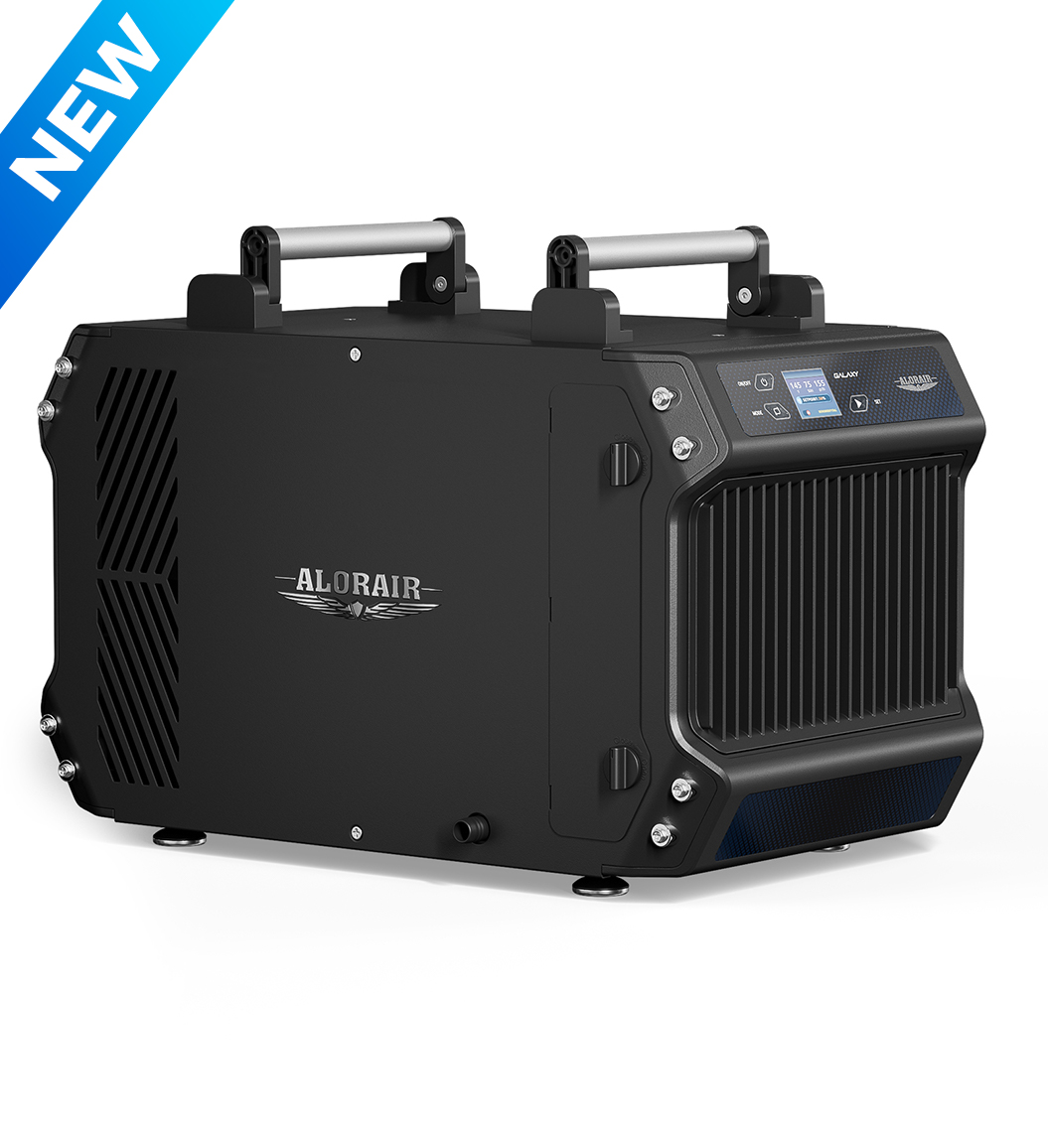
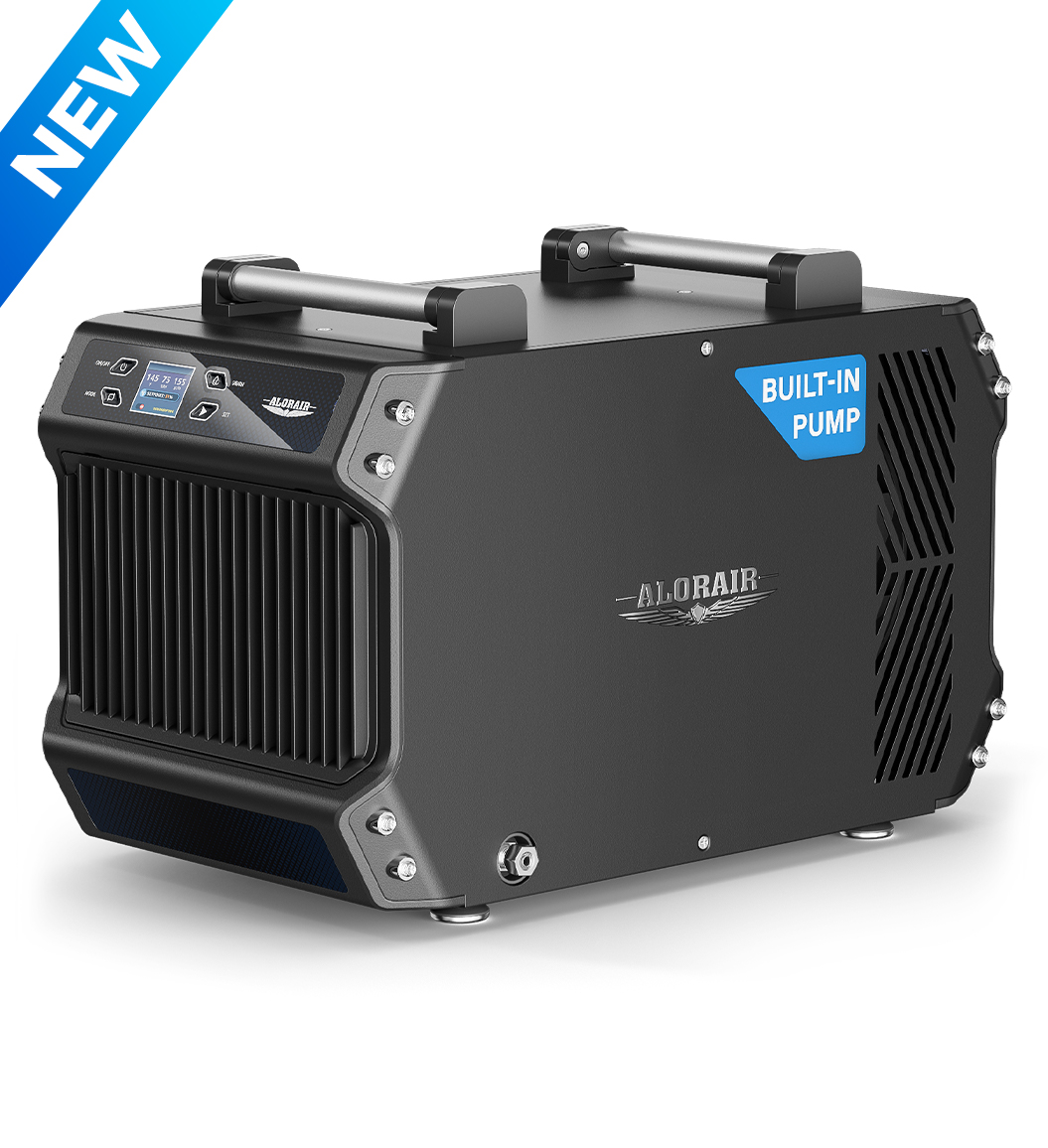




.jpg)
.jpg)
.jpg)
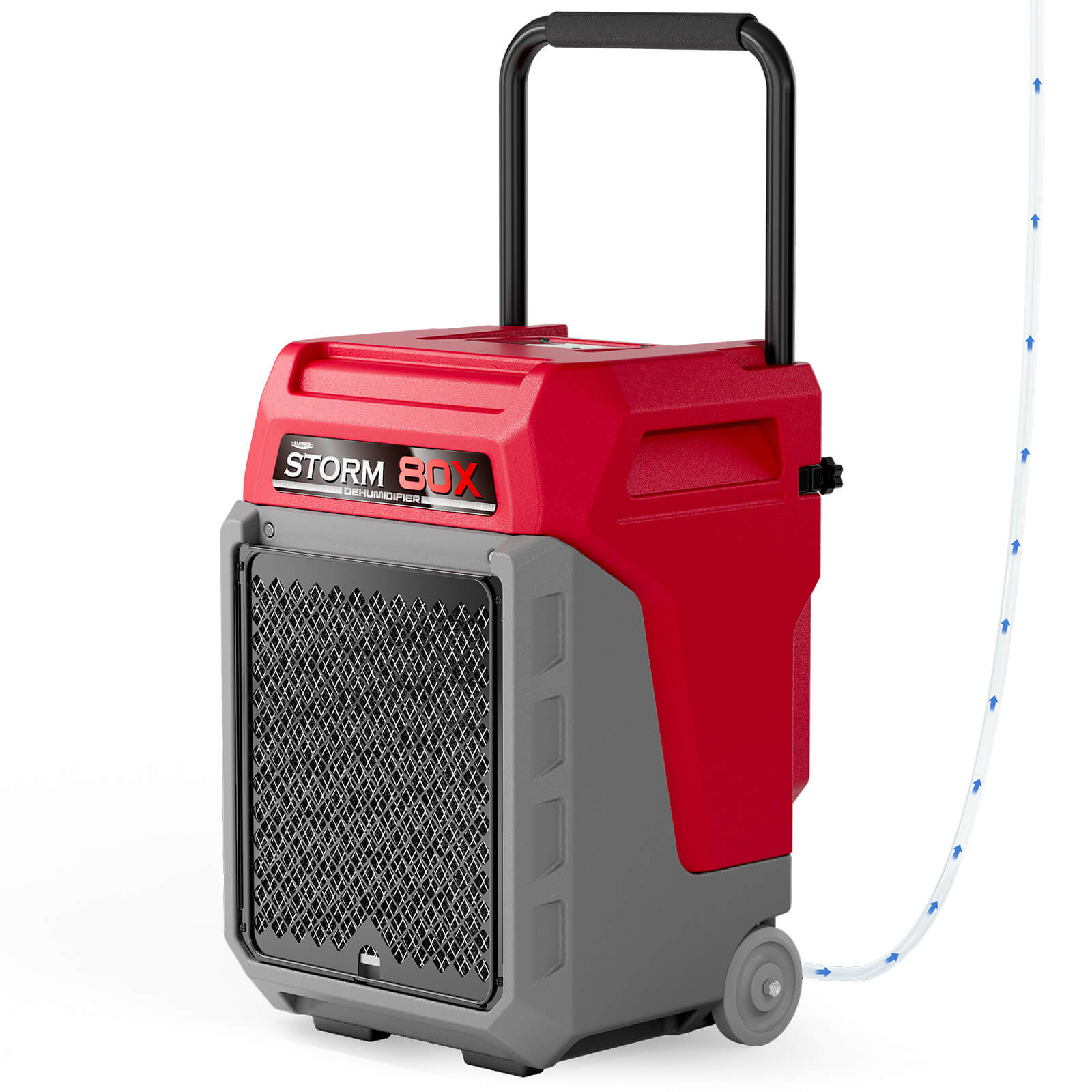


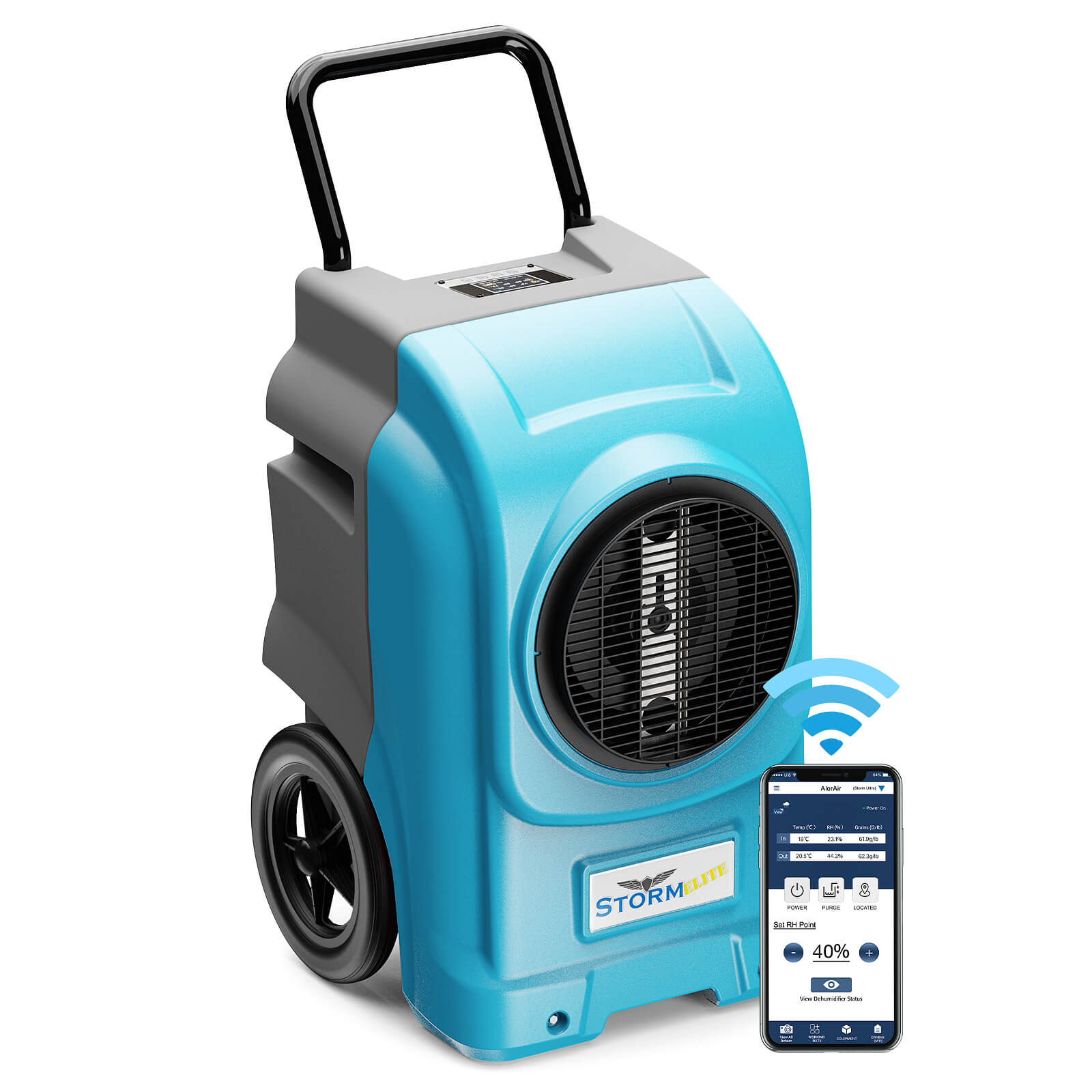

.jpg)
.jpg)

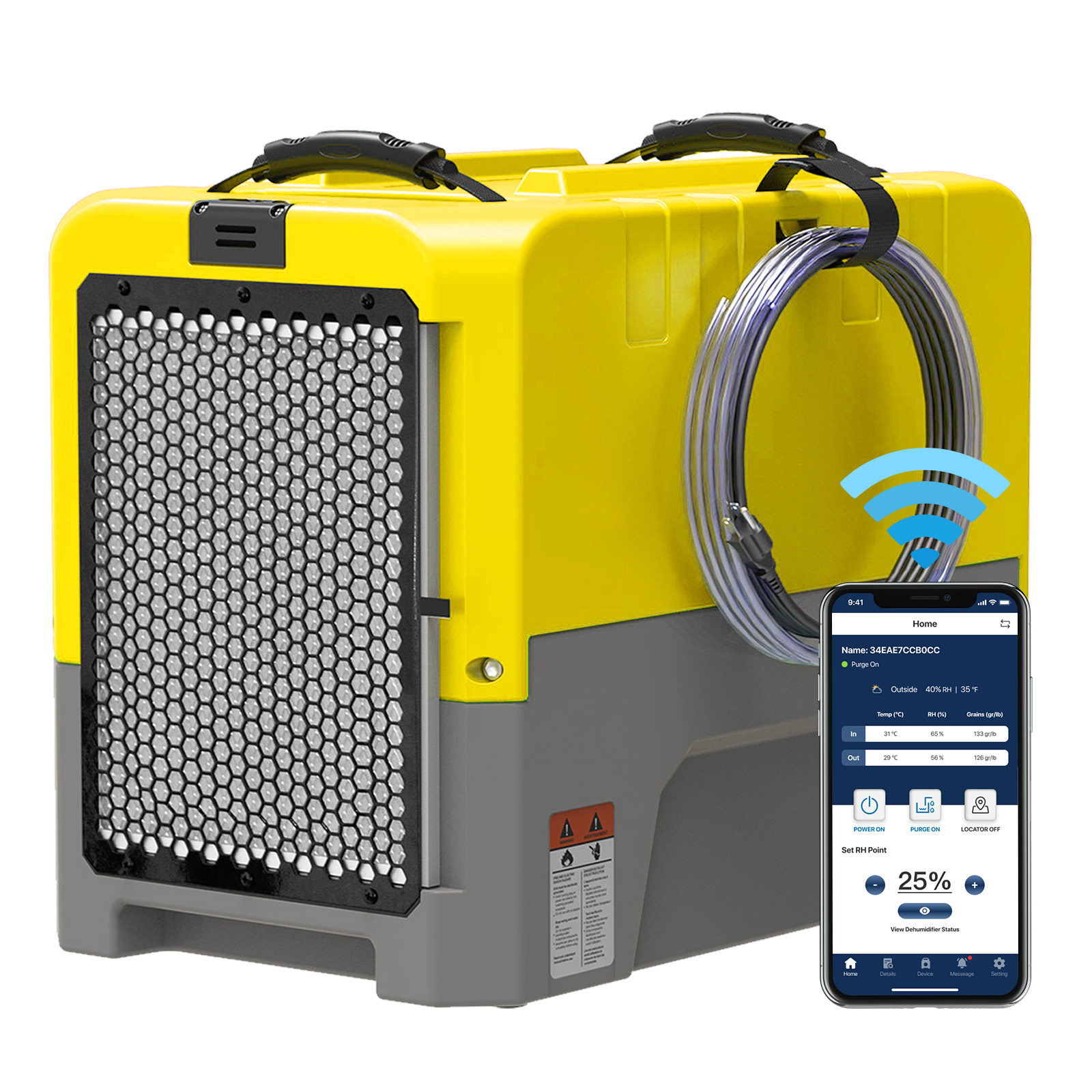








.jpg)
.jpg)








.jpg)
.jpg)










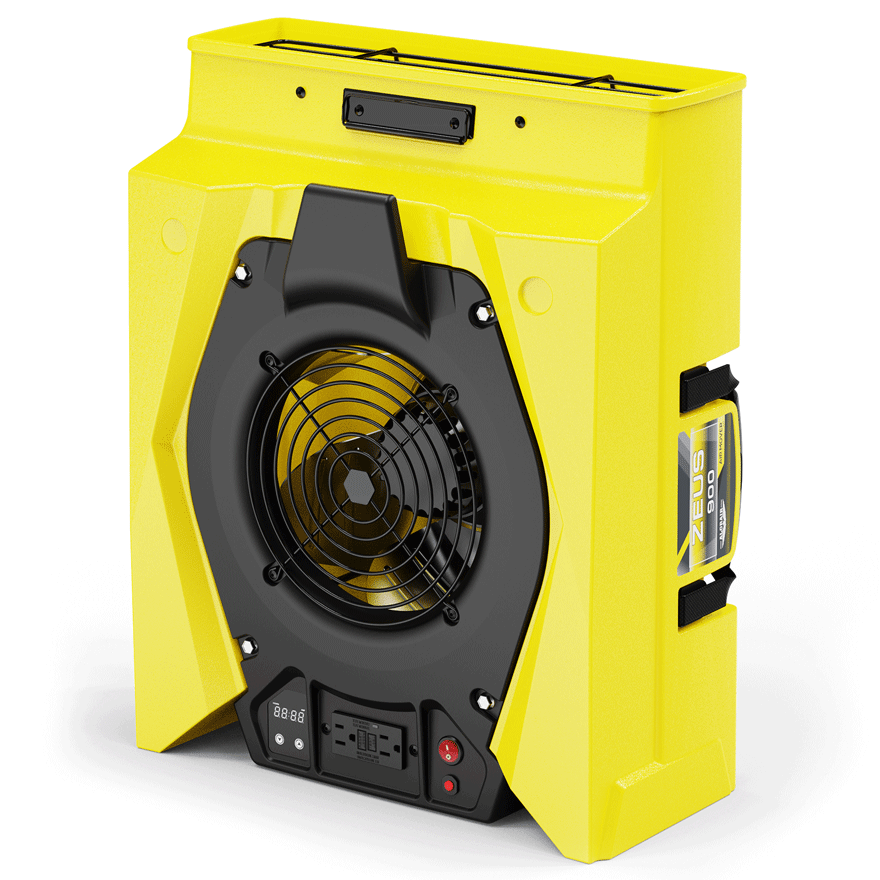
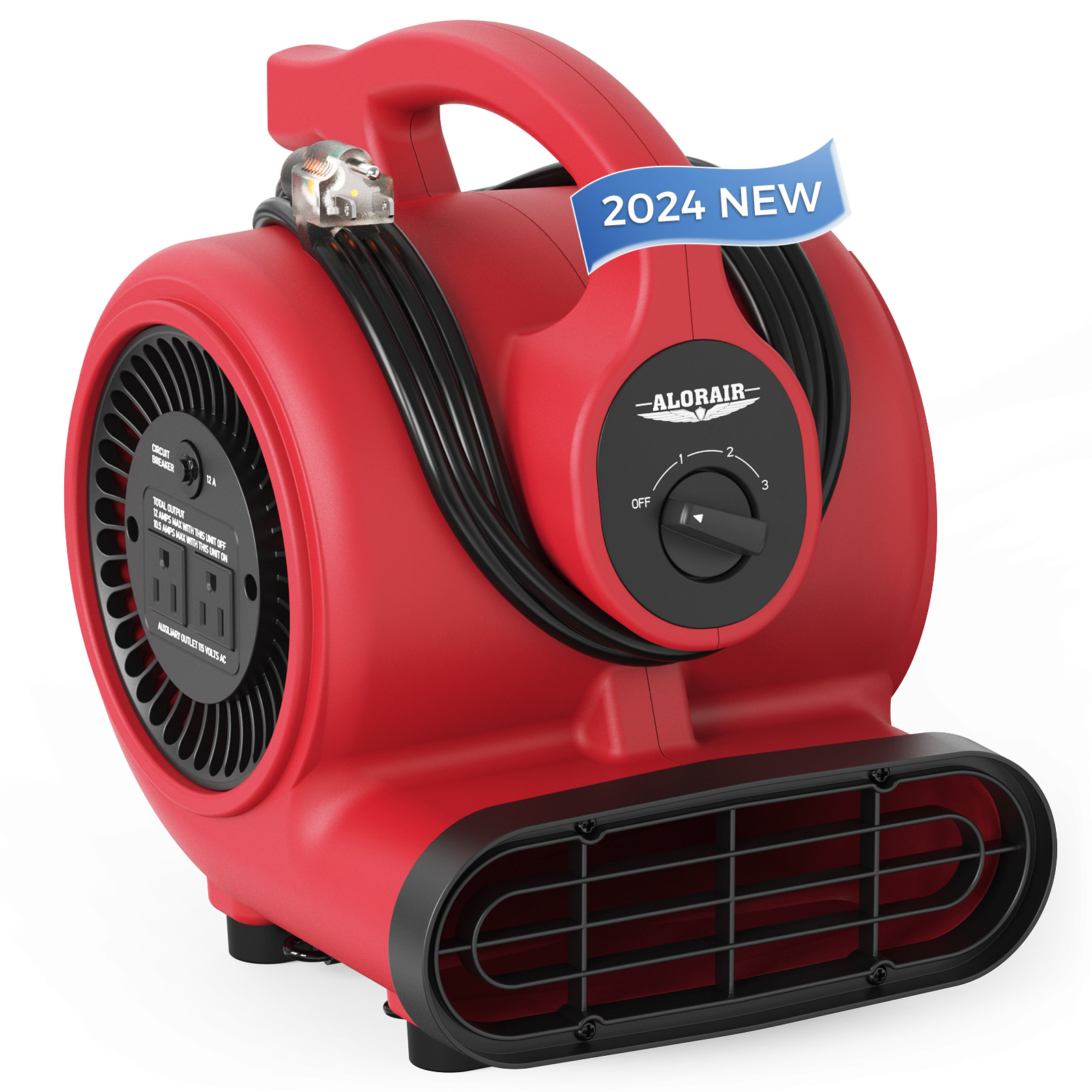
.jpg)
.jpg)
.jpg)
.jpg)
.jpg)
.jpg)
.jpg)
.jpg)
.jpg)
.jpg)
.jpg)
.jpg)
.jpg)
.jpg)





.jpg)
.jpg)
















-.jpg)
.jpg)

.jpg)
.jpg)



























 Exclusive offers
promotions
Exclusive offers
promotions

